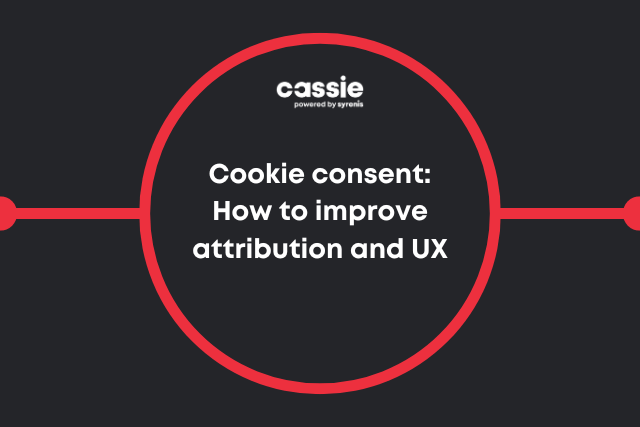For both privacy and IT teams managing consent data, matching rules play a critical role.
Consent matching rules are essential for managing data subject records in various systems.
These rules determine how incoming data is matched to existing records or whether a new record should be created.
Here’s what you need to know about consent matching rules to power privacy, precision, and trust across your systems.
- What are consent matching rules?
- Why consent matching rules are important
- How consent matching rules work in practice
- Best practices for implementing matching rules
- Match on multiple identifiers
What are consent matching rules
Matching rules are logic-based configurations used in consent and preference management (CPM) platforms to determine how user identities are recognized and reconciled across different systems, sessions, and devices.
In simpler terms, they help answer the question: “Is this the same user we saw before?”
These rules are crucial for:
- Linking consent records across multiple touchpoints
- Avoiding duplicate user profiles
- Ensuring accurate consent enforcement across systems
Matching rules typically rely on identifiers such as:
- Email addresses
- Device IDs
- Cookie IDs
- Login credentials IP addresses (with caution)
Why consent matching rules are important
1. Compliance accuracy
Regulations like GDPR, CCPA, and LGPD require that user consent be respected and traceable. If your system can’t reliably match a user across platforms, you risk serving non-compliant experiences, losing audit trails and failing data subject access requests (DSARs).
2. User experience consistency
For example, say a user opts out of tracking on your website but is still targeted with ads after logging into your mobile app. That’s a matching failure and a trust breaker. Proper matching ensures that user preferences are honored consistently, regardless of where they interact with your brand.
3. Data hygiene and efficiency
Without matching rules, your systems may create multiple profiles for the same user, leading to:
- Redundant data storage
- Skewed analytics
- Increased operational costs
Matching rules streamline identity resolution, making your data cleaner and more actionable.
How matching rules work in practice
Let’s say a user visits your website anonymously and consents to tracking. Later, they log in using their email. A well-configured matching rule might:
- Detect the same device ID or cookie ID from the earlier session.
- Link the anonymous consent to the now-authenticated user.
- Update the user’s profile to reflect a unified consent history.
This linkage is what allows your CPM platform to maintain a single source of truth for each user’s consent preferences. Learn more about Cassie’s cross-device consent functionality.
Best practices for implementing matching rules
- Use deterministic identifiers (like email or login ID) when possible.
- Layer in probabilistic signals (like device fingerprinting) cautiously and transparently.
- Regularly audit your matching logic to ensure it aligns with evolving privacy laws.
- Collaborate across teams; IT, legal, marketing, and data governance must all be aligned.
Match on multiple identifiers
Modern data ecosystems demand flexibility and precision when it comes to identifying and linking user records across systems.
By enabling the collection and matching of records using multiple identifiers, such as email addresses, phone numbers, and names, businesses can tailor their data strategies to meet specific operational and compliance requirements.
This multi-identifier approach allows for more configurable matching logic, ensuring that user data is accurately connected even when individual identifiers vary across platforms.
The benefits of this approach are significant. Matching on multiple identifiers improves data consistency across the entire ecosystem, reducing duplication and fragmentation.
It enhances accuracy by leveraging a broader set of data points, which in turn leads to a more seamless and personalized user experience.
Unlike other vendors that may overwrite existing data, Cassie supports matching on an unlimited number of identifiers while retaining and storing all associated information. This ensures a comprehensive and persistent view of each user, empowering businesses with richer insights and more reliable data management.
Final thoughts
Matching rules may not be the flashiest part of your consent management strategy, but they are one of the most foundational.
When implemented correctly, they empower your organization to stay compliant, build trust, and operate efficiently in a privacy-first world.
If your CMP doesn’t support advanced matching logic, or if your current rules are outdated, it might be time for a review. Your users (and the regulators) will thank you.

An implementation guide to consent and preferences
Use this document to help implement a Consent and Preference Management Platform (CPM) effectively by designing a comprehensive management framework.
Access now
